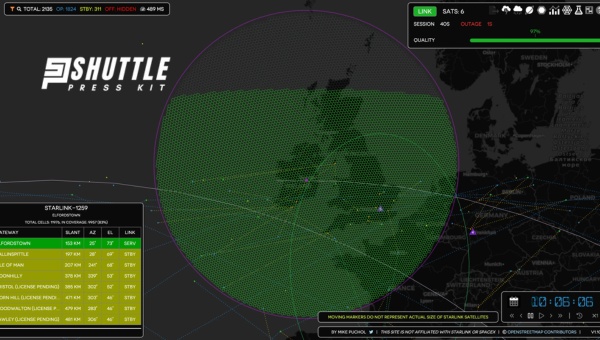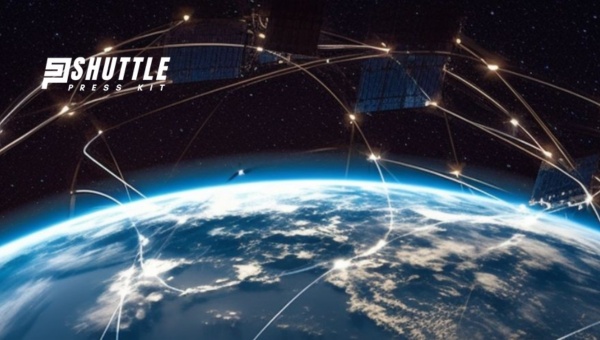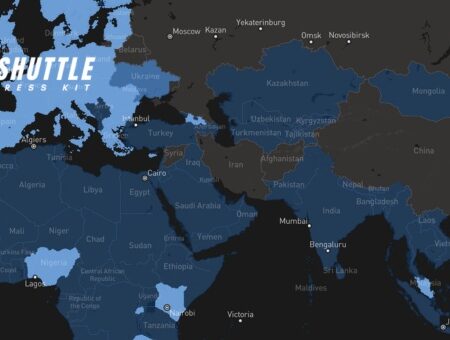Have you ever wondered about using Starlink in unsupported countries? This fascinating world of space internet has piqued my curiosity, too. I found myself diving deep into research to uncover the realities behind this intriguing aspect – crossing borders where it isn’t officially available.
If you, like me, are intrigued by such mysteries, buckle up! You’re in for a thrilling expedition! Individuals from regions not officially supported by Starlink have been able to access its services. They achieve this through certain roaming services like ‘Starlink Roam’, which enable its usage even where its footprint doesn’t extend officially.
There also have been numerous cases reported where people have successfully used the service despite their nations not finding a place on Starlink’s official support map.
Analyzing Starlink’s Presence in Unsupported Countries
Starlink, a robust satellite internet service, is loved by many folks around the world. However, not all countries have official access to this service.

Yes, you read that right! There are unsupported countries – places where you can’t straightforwardly subscribe to Starlink and enjoy browsing the internet from a spaceship.
Understanding Coverage Versus Official Availability
Quite an interesting point to note here: There is a significant difference between coverage and the official availability of Starlink. Even though we might see their satellites hovering over an area, it doesn’t mean that Elon Musk’s company offers official services there.
In fact, having coverage doesn’t make using Starlink in unsupported countries entirely impossible! While it’s certainly not as simple as snapping your fingers or making an order on their website, some people manage to obtain this futuristic service.
And let me tell you, they do it in some intriguing ways, which we will dive into further along the path of this read.
Identifying Why All Countries Aren’t Supported
So why isn’t Starlink available everywhere if its objective is global coverage? Well, one reason might be regulations and licensing issues. Each country has its own telecommunication rules – often complex ones that dictate how any tech company can offer its services there.
Another factor could be economic susceptibility. Countries with lower GDP may not appear profitable to launch such advanced services yet. Or maybe they’re just prioritizing regions with higher demand first.
Lastly, technical restrictions, such as signal strength or geographic hurdles, can also influence when and where the company rolls out its service more widely.
Also Read: How to Check Starlink Internet Speed using Availability Map?
Countries where Starlink is Blocked
Despite these obstacles, in some locations, dark clouds loom heavier. These are the blocked nations where Starlink usage is completely prohibited. It’s like your blanket being taken away entirely instead of not having it entirely warm.
- Argentina
- Ascension Island
- Belize
- Chad
- Ghana
- Guam
- Guatemala
- Guyana
- Honduras
- Iran
- Kazakhstan
- Lebanon
- Libya
- Malawi
- Morocco
- Nicaragua
- Niger
- Oman
- Pitcairn Island
- Serbia
- South Africa
- Sudan
- Suriname and French Guiana
- Vanuatu
- Venezuela
- Zimbabwe
Remember, though, information regarding this could change at any time and may vary based on different personal experiences.
Stalink’s Coverage Versus Official Availability
When we talk about using Starlink in unsupported countries, the first thing I would like to clarify is the difference between having coverage and being officially supported. By design, Starlink satellites provide coverage almost everywhere around the globe.

This means that, technically, one could access these satellites from most parts of the world. However, whether users are allowed to do so legally is a completely different matter.
For example, some countries aren’t officially supported by Starlink either due to regulatory restrictions or technical infrastructure constraints. Yet, with a suitable receiver and adequate know-how, I’ve observed that subscribers can use their connections even if they are outside official service areas.
Also Read: How to Factory Reset Your Starlink Router? – Detailed Guide
FAQs
How much does Starlink cost?
The cost of Starlink varies by country but generally starts at around $99 for the monthly subscription fee, with an upfront cost for the hardware kit, which includes the satellite dish and router.
How many Starlink satellites are in orbit?
As of my last update, SpaceX has launched over 2,000 Starlink satellites into orbit. The company has plans to expand its constellation significantly in the coming years.
How fast is Starlink internet?
Starlink offers internet speeds ranging from 100 Mbps to 200 Mbps for most users, with some experiencing peaks at or above 300 Mbps under optimal conditions.
Can Starlink be used anywhere in the world?
Starlink is aiming for global coverage but currently is only available in selected areas around the world. Coverage and availability are continuously expanding as more satellites are launched.
Also Read: What is Starlink’s Aviation Service: Elevate Your Experience
Conclusion
I believe the scenario of using Starlink in unsupported countries is a testament to our undying will for accessibility and connectivity in a world ever-growing with digital dependence.
As the list of unsupported nations from Reddit suggests, individuals won’t stop short when it comes to finding ways to communicate. While these actions might present potential concerns, such as legal implications and service interruption, they also provide an intriguing implication.
If we can overcome these barriers today unofficially, these unsupported regions could possibly be officially supported by Starlink tomorrow.
The quest for universal internet access is not without its hurdles and obstacles but triumphs, too. Remember to stay tuned with the developments by checking updates regularly online, particularly on communities like Reddit.
